The Story of Drava - Dravska Priča Visitor Centre Gaining Popularity
August 19, 2022 - Croatia's natural heritage is vast, and you will find something to soothe your soul on every step. From the Adriatic Sea in the west, to the Danube in the east, don't miss what is in between. Drava is the second longest river in Croatia. Witness its beauty and discover the Dravska Priča Visitor Centre where you can learn some of its many secrets.
As Glas Slavonije writes, the visitor centre of the Public Institution for the Management of Protected Areas of Nature and the Ecological Network of the Virovitica-Podravina County, Dravska Priča in Noskovci, has become one of the most attractive visitor destinations in Slavonia in recent years.
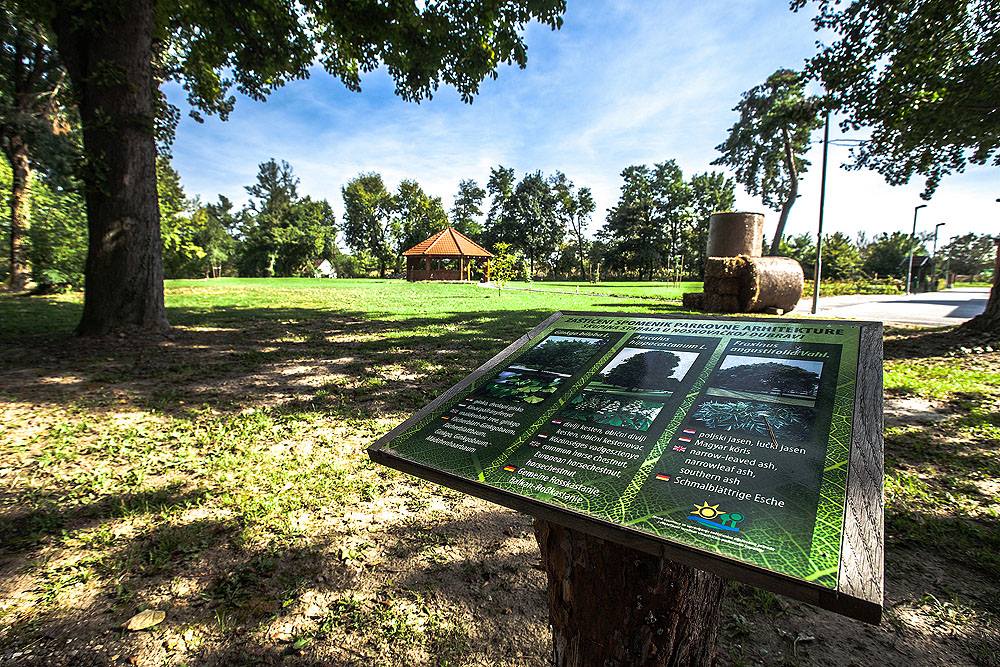
Photos: Dravska Priča
This Sunday, members of the Gudovac Women's Association visited the centre. In addition to seeing all the contents of the Visitor Centre, the visit was also an opportunity to agree on further cooperation in the implementation of the activities planned by the association. During the previous two months in Noskovci, the visitors included the employees and users of the Borova Care Home, the teachers of Antun Gustav Matoš Elementary School from Čačinci, the students and their teachers from the elementary schools Petar Preradović in Pitomača, Matija Petar Katančić from Valpovo, Ivana Brlić - Mažuranić from Virovitica, August Cesarec from Špišić Bukovica and primary schools Suhopolje and Ferdinandovac. With the expert guidance of the employees of the Institution, all visitors were presented with the contents of the Dravska Priča Visitor Centre.
As part of the study trip "Teci Dravo, teci...", organized by the Tourist Board of VPŽ and the Tourist Board of Dravski Peski from Kloštar Podravski, a group of journalists and bloggers from Croatia also visited Dravska Priča in Noskovci. Field teaching was also held there for students of the 1st year of the undergraduate studies of Hunting and Nature Protection of the Polytechnic in Karlovac, who got to know the ecosystem of floodplain and lowland forests along the Drava River through part of the program from the courses General Ecology and Zooecology, Applied Zoology, Geobotany, and Forestry. In addition, students investigated the presence of medium-sized and large mammals (otter, beaver, jackal, badger, fox, wild boar, deer...), the biology and ecology of bats, the ecology of grasslands, the presence of birds, etc. All this points to the different possibilities of the Centre, which also offers accommodation. Visitors can also prepare their own food, or have catering arranged.
In the first six months of 2022, the centre had 351 overnight stays, a total of 1,633 visitors, and approximately 500 more people participated in various activities, either as public institutions or as partners in various projects.
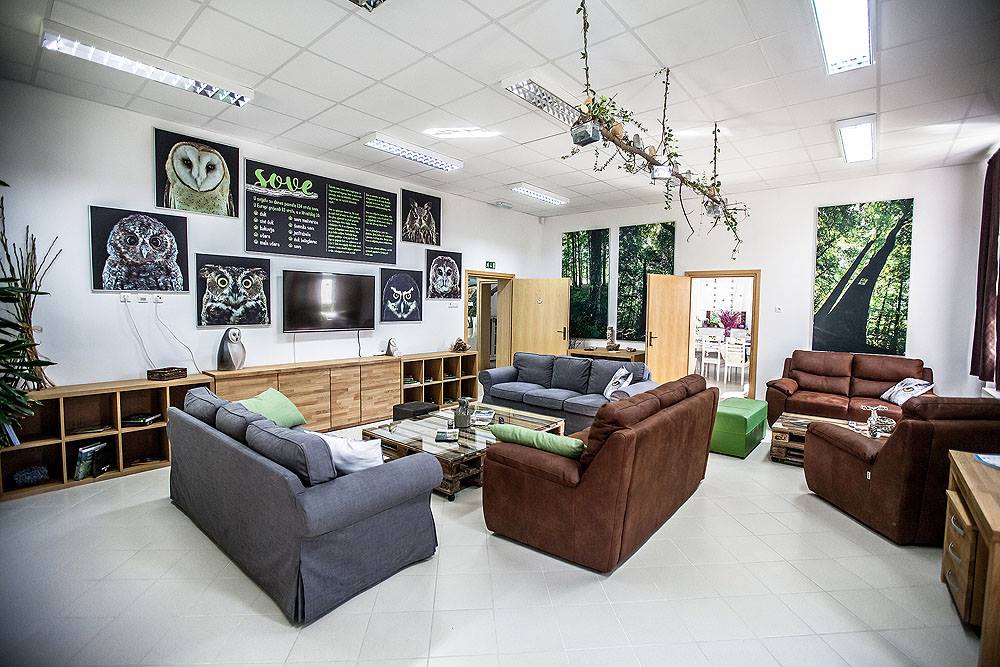
Given that many educational institutions, as well as other nature lovers and conservationists, have recognized the significance of Dravska Priča and its role in preserving the natural values of the area, GS asked the director of the public institution, Tatjana Arnold Sabo, what Dravska Priča offers and why the destination should definitely be visited.
“The Dravska Priča visitor centre offers a different view of nature, understanding nature, and simply experiencing nature. The contents of the Visitor Centre and its thematic decoration have been adapted for this. Each room has its own little story of our complete story, nature is not presented to visitors in a classic, museum way, looking at thigns and having someone talk about them. There are also different sounds, the possibility of smelling, interactive participation, discovering what our multimedia display offers. There is also the scientific aspect where visitors, especially those who stay with us for several days, after collecting samples in nature have the opportunity to analyse them in our bioresearch station. In addition, we have had a recovery facility for storks in the park of the centre for six years, and since last autumn we have had aviaries for birds of prey and a shelter for invasive species of red-eared turtles, and a month ago we got hawksbill turtles, which have also become our residents”.
Director Arnold Sabo says that the Dravska Priča Visitor Centre is currently implementing six different projects, while in the recent past there were periods when twice as many would be implemented at the same time. “But we are also preparing new projects”, says the director.
How good is your knowledge of eastern Croatia? Take the CROMADS test above - how many places do you recognise?
For more, make sure to check out our dedicated Travel section.
Slavonia and Podravina, Wine Not?! Festival Announced
August 7, 2022 – September in Croatia is just the most beautiful time. For the best possible experience, in Virovitica-Podravina County they decided to make it wine month. Wine Not?
According to Press 032, the most anticipated wine event Slavonia and Podravina, Wine Not!? will once again gather lovers of wine, fine snacks, unique environment, art, and untouched nature on the famous Noble Route. The festival was announced in Orahovica, in the Patkoš boutique winery on the slopes of Krndija and Papuk.
The pink nocturne in noble dress in the unique Janković Castle on September 3 is the best introduction to as many as six exclusive wine events. A completely different experience awaits wine lovers on September 11 at a picnic in the beautiful Jankovac park forest of the Papuk Nature Park. Wine and art will be discussed on September 17 at Wine&Art in the Pejačević Castle in Virovitica, and on September 22 it’s all about Graševina in Dravska Priča in Noskovci. On September 24, a wine marathon will be held in Orahovica, followed by Wine and Poetry on October 1 in the Interpretation Centre – Petar Preradović's House.

Pexels (Taryn Elliott)
“I am extremely happy that after last year's events, more winemakers want to get involved in this beautiful story. Three criteria are decisive for the selection of wines to be tasted at the six wine events – top quality, all wines must be from the area of Virovitica-Podravine County and, of course, they must be available on the market”, noted the well-known oenologist Ivana Nemet, ambassador of the event Slavonia and Podravina, Wine Not!?
“In recent years, Orahovica has been developing in the direction of wine tourism. In our area, the green Silvanac produces excellent results, and we have become known in the wine world for that variety. I am happy that in addition to the famous PP Orahovica winery, we also have beautiful small boutique wineries with excellent wines that attract an increasing number of wine lovers to our city”, said Saša Rister, mayor of Orahovica, at the presentation of this year's manifestation Slavonia and Podravina, Wine Not!?
Martina Jakelić, director of the Virovitica-Podravina County Tourist Board, which in cooperation with the local tourist boards organises the six wine events, pointed out that this year's manifestation brings together important points on the Noble Route.
“For everyone who wants to be a part of this beautiful wine story, it is important to note that the number of places is limited, the registration fee for participation per event is HRK 100, except for the Wine Picnic in the Jankovac Forest Park, which will cost HRK 150, and the registration fee includes the rental of a picnic basket for two people. Registration forms and more information about the event can be found on the website of the Virovitica-Podravina County Tourist Board”, said Martina Jakelić.
For more, make sure to check out our dedicated lifestyle section.
Slatina Sparkling Wine Find Makes Slavonia Champagne Among Croatia's Oldest
February 13, 2021 – A newly discovered, fully preserved bottle of 'Slavonia champagne' is unique evidence that Slatina sparkling wine is among the oldest in Croatia. Its fascinating history stretches back over 150 years
A completely preserved Slatina sparkling wine bottle from the period from 1864 to 1912 has been discovered during building works of Slatina's new visitor's centre. Found at a depth of two metres, the bottle is physical proof of what was previously known only from records – this 'Slavonia champagne' is among the oldest sparkling wine to have been made in Croatia. © Robert Turkalj
© Robert Turkalj
The discovery of the Slatina sparkling wine bottle is important to the city and its history. Other regions in Croatia have become extremely well regarded over recent years for their production of quality sparkling wines. The production of Slatina sparkling wine briefly disappeared during a period. But, this bottle is evidence that Slatina sparkling wine was among the first to be made in the country. It is the only fully preserved bottle of the 'Slavonia champagne' to exist in the region.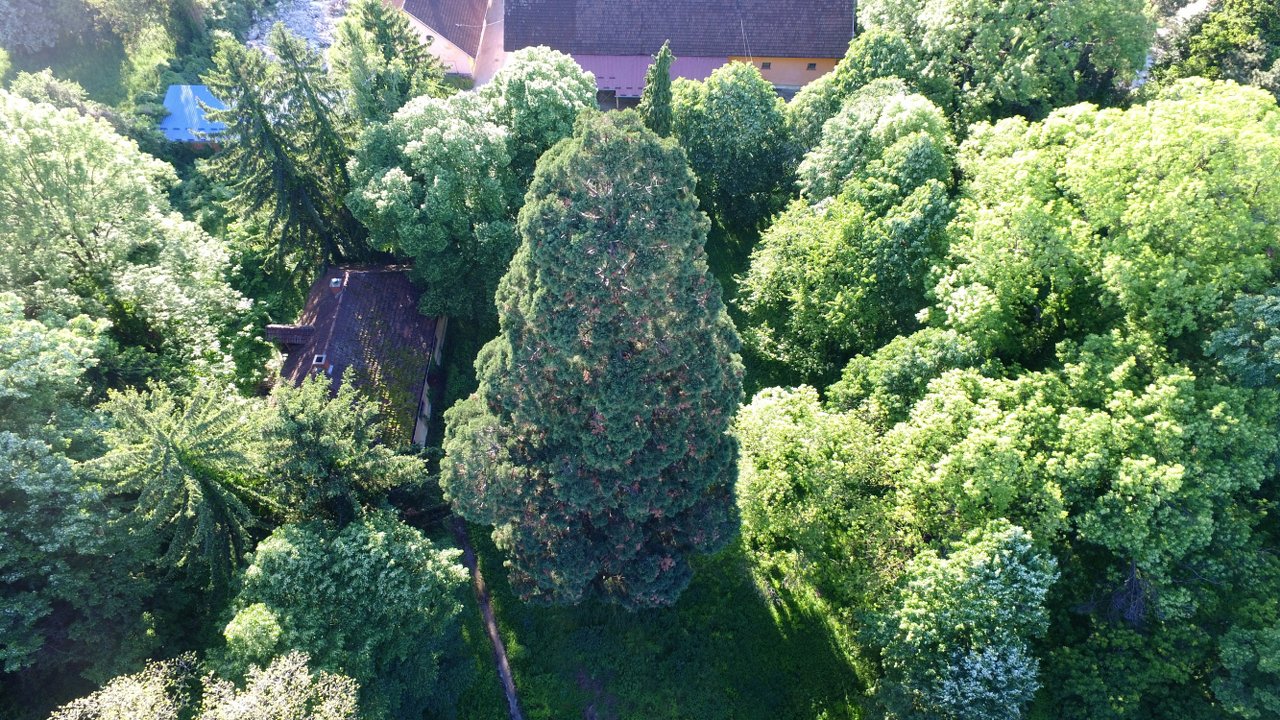 Slatina's nationally protected Giant Sequoia tree (Mamutovac) © Tourist Board of Slatina
Slatina's nationally protected Giant Sequoia tree (Mamutovac) © Tourist Board of Slatina
Of course, we can't really call it champagne – that title is reserved for a type of sparkling wine made in a distinct geographical region in France. But, there are great similarities between Slatina sparkling wine and champagne - similarities that do not exist exactly in other Croatian sparkling wines. Champagne is largely made from the Pinot Noir grape. The found bottle of Slatina sparkling wine was made from the Kadarka grape variety, which has been compared to Pinot Noir.
Both grape varieties are thin-skinned, delicate, easily susceptible to impairment and require a low yield to produce quality wines. Both are tricky to cultivate. For this reason, the Kadarka grape variety is now grown very rarely in Croatia, its place in vineyards taken by more hardy and some imported varietals. But, that wasn't always the case.
History of Slatina sparkling wine
In 1841, the German prince Georg Wilhelm Schaumburg-Lippe bought a property of land in the Slatina area from the Pejačević family. The land contained vineyards, orchards, agricultural fields and large forest areas, including the site of the new Slatina visitor centre where the bottle was discovered. Indeed, trees still line the road of Ulica kralj Zvonimir in the centre of Slatina – the cellar and restaurant of the town's famous Stari Podrum is just a few metres from Slatina's nationally protected Giant Sequoia tree (Mamutovac).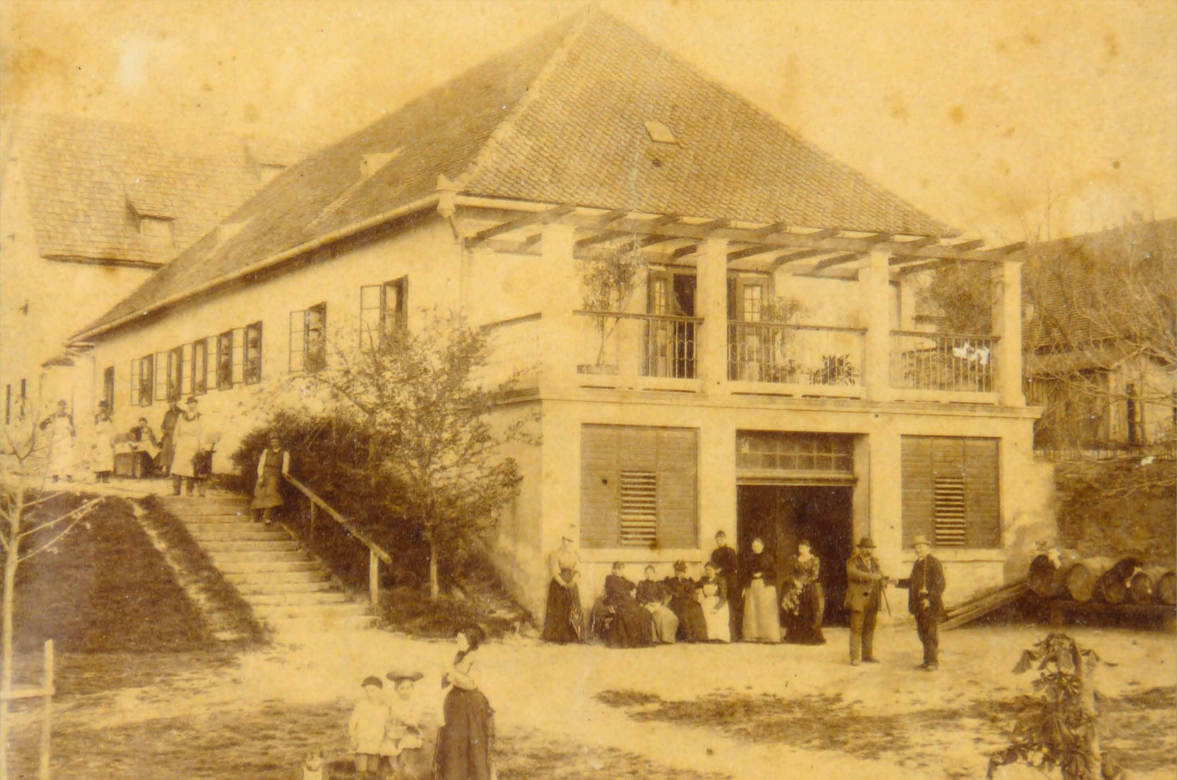 The Stari Podrum cellar, the site of the first-ever production of Croatian sparkling wine, at the beginning of the 20th century © Virovitica State Archives / Slatina Homeland Museum
The Stari Podrum cellar, the site of the first-ever production of Croatian sparkling wine, at the beginning of the 20th century © Virovitica State Archives / Slatina Homeland Museum
Slatina sparkling wine production started in 1864 at the Stari Podrum cellar, using the Kadarka grape variety. Perhaps it was the notorious difficulties of the growing the grape which resulted in slow initial progress for the production, but the enterprise got a massive boost in 1866 with the arrival of a new manager, Otto Rockhror. He rearranged the cellar and production, brought in new equipment and invested in marketing their Slatina sparkling wine. It worked.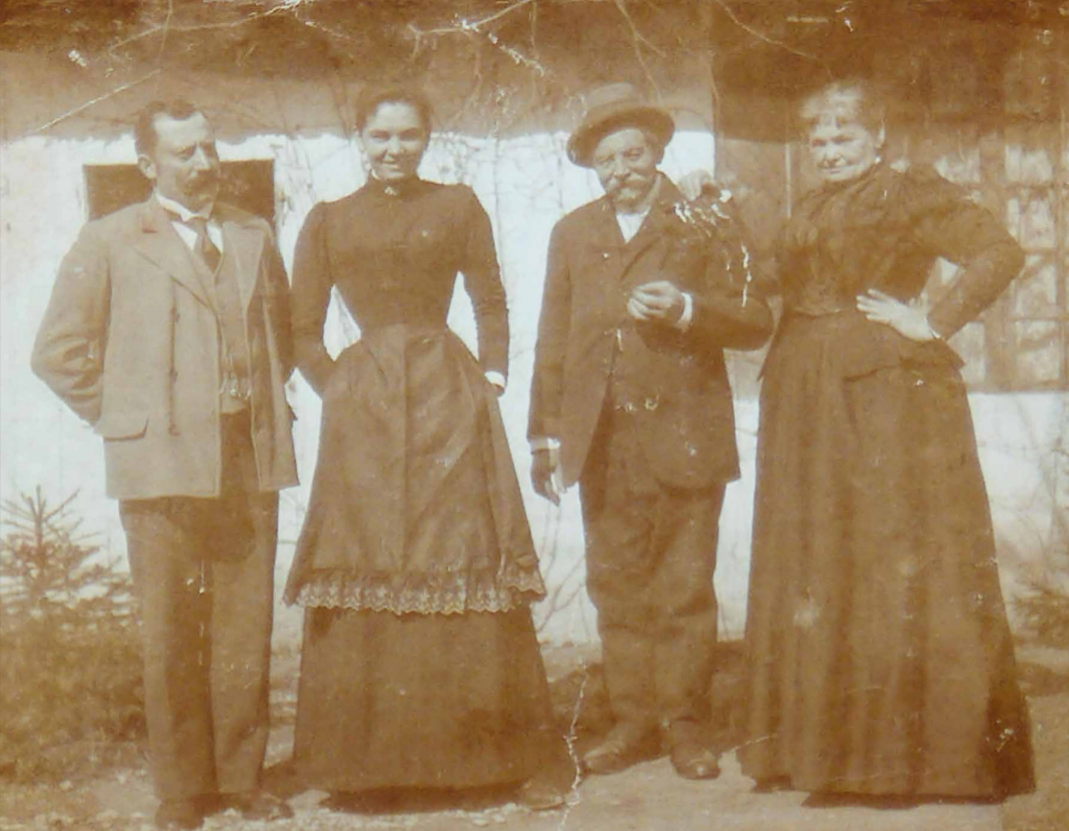 Left to right - Ljudevit Konstantinović, his wife Marija Konstantinović (the daughter of Otto Rockrohr), Otto Rockrohr and his wife Josefina Rockrohr © Virovitica State Archives / Slatina Homeland Museum
Left to right - Ljudevit Konstantinović, his wife Marija Konstantinović (the daughter of Otto Rockrohr), Otto Rockrohr and his wife Josefina Rockrohr © Virovitica State Archives / Slatina Homeland Museum
The quality of Slatina sparkling wine was recognized at the great Economic and Forestry Jubilee Exhibition in Zagreb in 1881 when Georg Wilhelm Schaumburg-Lippe received an honorary diploma and a large medal for domestic sparkling wine and fine wine. The credit perhaps lay elsewhere, considering it was the efforts of Otto Rockhror that were no doubt the cause, but, such were the times. However, Otto Rockhror's achievements with Slatina sparkling wine certainly did not go unnoticed.
At the Science and Industry Fair in Brussels, Belgium, in 1888, Otto Rockhror was awarded a bronze medal featuring the image of Leopold I. He received a further bronze medal with the image of Francis Joseph I in 1890 at the Agricultural and Forestry Exhibition in Vienna and was awarded a silver medal with the image of Franz Ferdinand in 1894 in Vienna by the Association for the Promotion of Agricultural Knowledge. These medals are on display in the Slatina Homeland Museum, donated by Otto Rockhror's great-granddaughter Jasna Nosso. They sit alongside a wooden barrel used in the production of Slatina sparkling wine from 1885 and, now, the latest testament to the history of Croatia's oldest sparkling wine production, the newly discovered bottle, which has been transferred to the museum for preservation, safekeeping and dating. On the left, the bronze medal won by Otto Rockhror at the Science and Industry Fair in Brussels, Belgium, in 1888. On the right, the silver medal with the image of Franz Ferdinand he was awarded in 1894 in Vienna © Virovitica State Archives / Slatina Homeland Museum
On the left, the bronze medal won by Otto Rockhror at the Science and Industry Fair in Brussels, Belgium, in 1888. On the right, the silver medal with the image of Franz Ferdinand he was awarded in 1894 in Vienna © Virovitica State Archives / Slatina Homeland Museum
The production of Slatina sparkling wine from the Kadarka grape did not survive the loss of Stari Podrum cellar manager Otto Rockhror, who died in 1909. Thereafter, ownership of the enterprise was taken over by Count Drašković but, by 1912, production of Slatina sparkling wine had ceased completely and all the production equipment was moved to Hungary. Though the growing of the Kadarka grape variety almost completely died out in Croatia after this, it remains an important part of wine production in Hungary, Bulgaria, Romania and Serbia, where it is grown in Vojvodina, a landscape near-identical to that of Slavonia (indeed, though the heritage of the Kadarka grape is mysterious, the latest opinion is that it is a cross between the Turkish variety Papazkarasi and the Serbian variety Skadarsko and travelled to Pannonia with Serbs who fled north from the Ottomans).
However, the story of Slatina sparkling wine has not only been revived with the discovery of this old bottle. The Stari Podrum cellar still stands in the centre of Slatina today and vineyards still surround the town. The cellar and its wine production were bought by winemaker Ivan Halas over recent years and he has returned the production of Slatina sparkling wine to the historic birthplace of 'Slavonia champagne'. He has since received several awards for his efforts.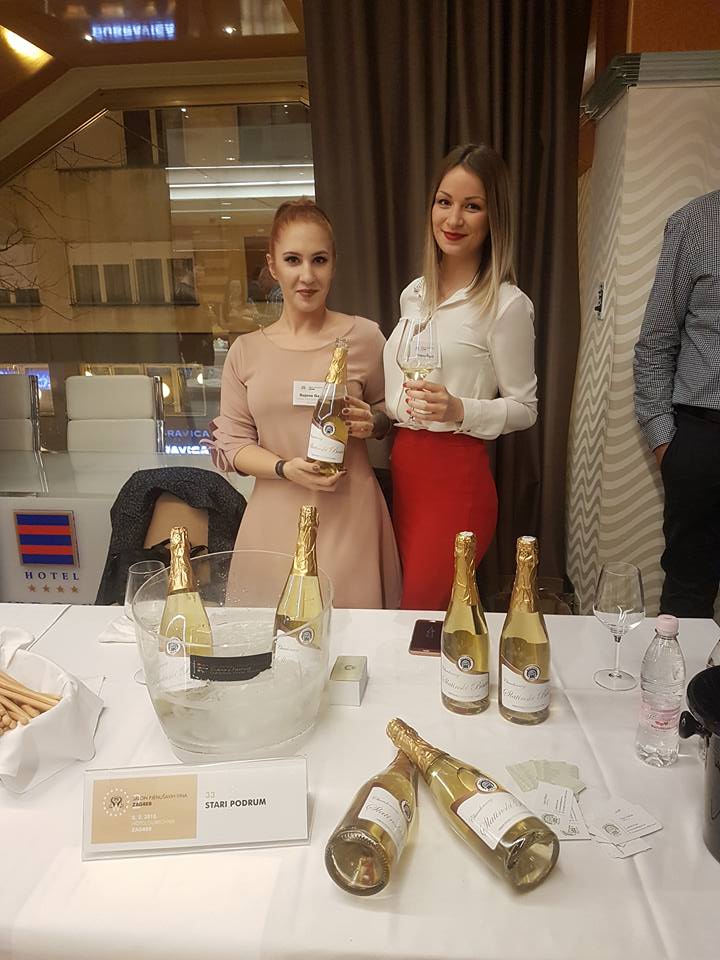 Slatina sparkling wine, revived by Ivan Halas at Stari Podrum, being presented at the 2nd Sparkling Wine Salon at the Hotel Dubrovnik in Zagreb © Tourist Board of Slatina
Slatina sparkling wine, revived by Ivan Halas at Stari Podrum, being presented at the 2nd Sparkling Wine Salon at the Hotel Dubrovnik in Zagreb © Tourist Board of Slatina
“As the Stari Podrum winery does not have adequate conditions for storing the found bottle, we took it to the Homeland Museum in Slatina where it will be stored,” Mr Halas told local news, upon the discovery of the bottle. “Only one bottle was found (so far), although there may be more. It is currently the only fully preserved one in the Slatina area. For now, we assume that it is from the period between 1864 and 1912 - we have no knowledge of the exact year, but the age of the bottle will be determined by experts.”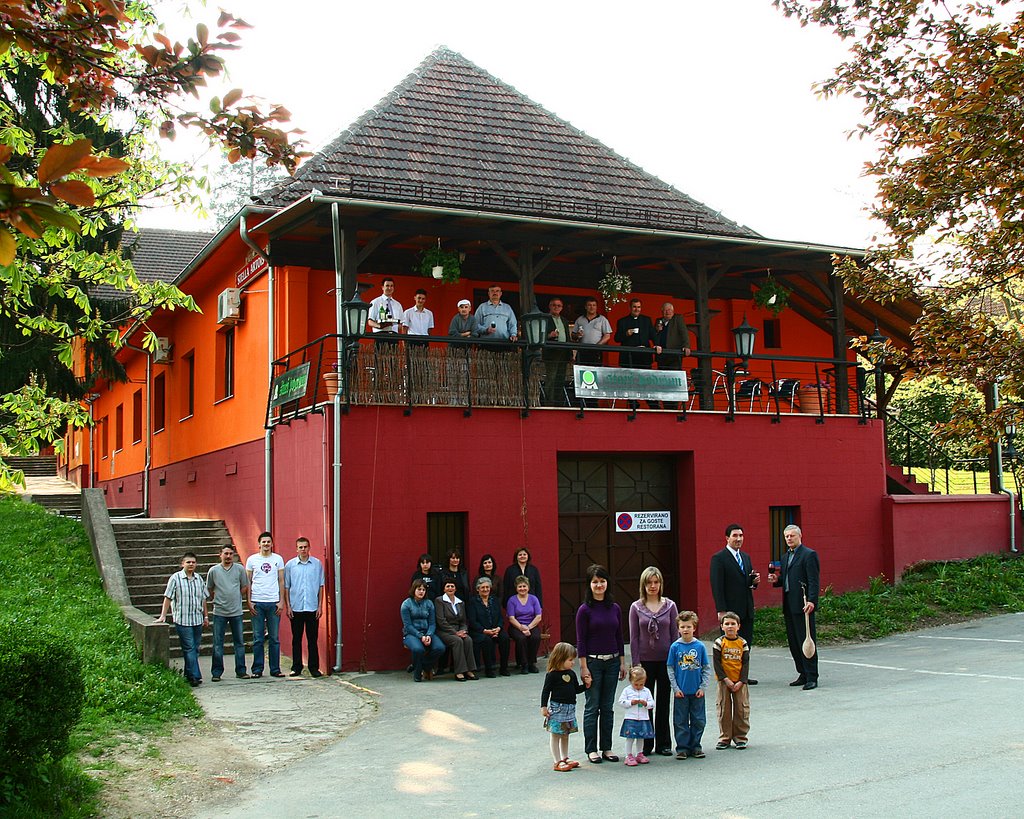 A more contemporary photo of the Stari Podrum enterprise in Slatina © Virovitica State Archives / Slatina Homeland Museum
A more contemporary photo of the Stari Podrum enterprise in Slatina © Virovitica State Archives / Slatina Homeland Museum
New Business Incubators Put into Function in Virovitica-Podravina County
The spaces in Virovitica-Podravina County, more specifically in Orahovica, Pitomača and Slatina, all of which will be business incubators, are worth a massive 27 million kuna, of which the European Union is supplying a non-refundable 20 million kuna.
As Poslovni Dnevnik/Marta Duic writes on the 2nd of January, 2020, at the beginning of the week, the remaining two business incubators were opened in Orahovica and Pitomača, which is part of the praiseworthy Virovitica-Podravina County Business Incubator Network project.
In addition to the business incubator located in Slatina, these business incubators are part of a project worth 27 million kuna, for which the Virovitica-Podravina County, as the holder, received a non-refundable grant of 20 million kuna. The three new entrepreneurial incubators will have 48 completely new offices and manufacturing facilities available to local entrepreneurs.
"The three incubators that we opened in December are worth a total of 27 million kuna, of which we, as the County, have allocated 7 million kuna of our original funds," explained Virovitica-Podravina County Prefect Igor Andrović.
Minister of Economy Darko Horvat emphasised the fact that 46 such projects will be functional throughout the Republic of Croatia by mid-2020 and pointed out that with the addition of 46 such incubators, 49 entrepreneurial zones are currently expanding in Croatia.
"630 million kuna will be invested for innovation, 770 million kuna for R&D (IRI-2 competition), 100 million euros for the integration of micro and small entrepreneurs with large ones and an additional 250 million euros for Industry 4.0, as well as 800 million kuna for the first six months of 2020 for the so called competence centres.
To sum it all up, 2020 should be a new leap forward in job creation and quality workforce in the country,'' Minister Darko Horvat concluded.
Make sure to follow our dedicated business page for much more on entrepreneurs, concepts, companies and doing business in Croatia.


